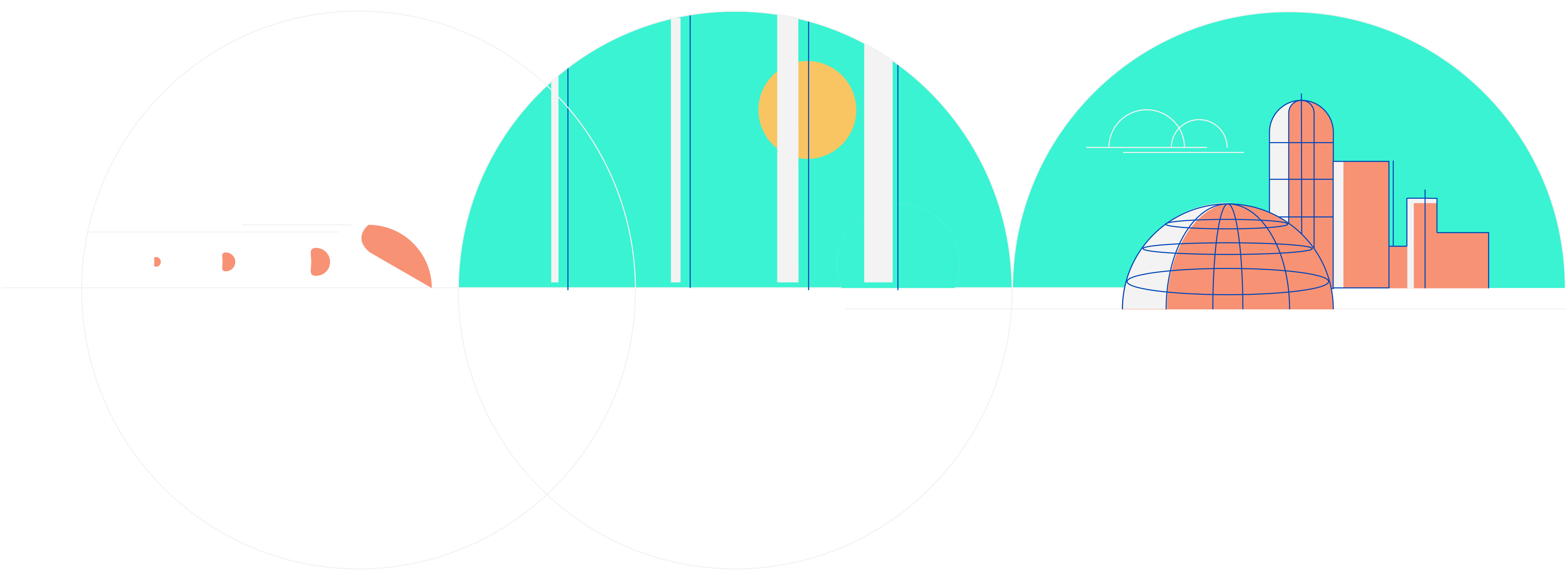BLOSSITY B.V.
Stationsplein 45
3013 AK Rotterdam
The Netherlands

The investment case. How to couple real estate, talent and wellbeing.
Whatever your brand – whether it be business, retail, hotel or even city – doing placemaking well should be a main concern. Discerning talent is all too aware that it is in short supply, and wellbeing is now part of the package. The more you can deliver in terms of environment and experience; the stickier talent (aka tenants) will be.
A TSUNAMI OF CHANGE
Much has been written about Millenials, GenZ, and now Gena. Rightfully so, as these cohorts of talent are facing overwhelming global trends like urbanisation, loneliness and physical inactivity. Research indicates that 60% of the Millennials feels lonely ‘often’ and another study shows that 80% of the 11-17 year olds does not meet daily physical activity standards.
At the same time, we’re seeing wider changes in real estate. A recent report by Urban Land Institute UK highlights how the customer is (finally) king – and we see that unfolding across all sorts alternatives. Changing occupier demands are now the base of a real estate market that has become increasingly operational led, shifting towards Real Estate As A Service. And the tenants? They are all fighting that same war for talent. Right, that talent you read about just before.
SHIFTING LENSES IN REAL ESTATE INVESTMENT
Wellbeing became a fast-adopted trend in the flex office space (like Kwerk in Paris) and some are doing pioneering work on mental health in student accommodation. Now we’re seeing how investors across other asset classes are connecting the dots. Whether we’re talking about workplace, retail, hospitality the investment rational for health & happiness is being built around:
- Functional obsolescence
- Liquidity and speed of letting
- Preserving long term value
- Improved management
But it’s not the just the investor demand. The ULI report highlights how tenants are prioritising health & happiness because of concerns about:
- Their overall business competitiveness
- International talent attraction and retention
- Their ability to understand and respond to the lifestyle shifts in workforce.
HEALTH & HAPPINESS IS IN THE SPACES IN BETWEEN
So, how does that look like? Think of something like Walmart’s new headquarters complete with of-the-moment design trends like mass timber construction, bike paths bisecting cafes and outdoor meeting rooms.
It’s the urban campus way of thinking, where one shapes environments that lever on experiences. Where the property is never seen solitary but as an enabler for surrounding communities. And where public-private partnerships activate the ‘spaces in between’. Because that’s where health and happiness start happening. For talent & tenants is a matter of to stick or not to stick.